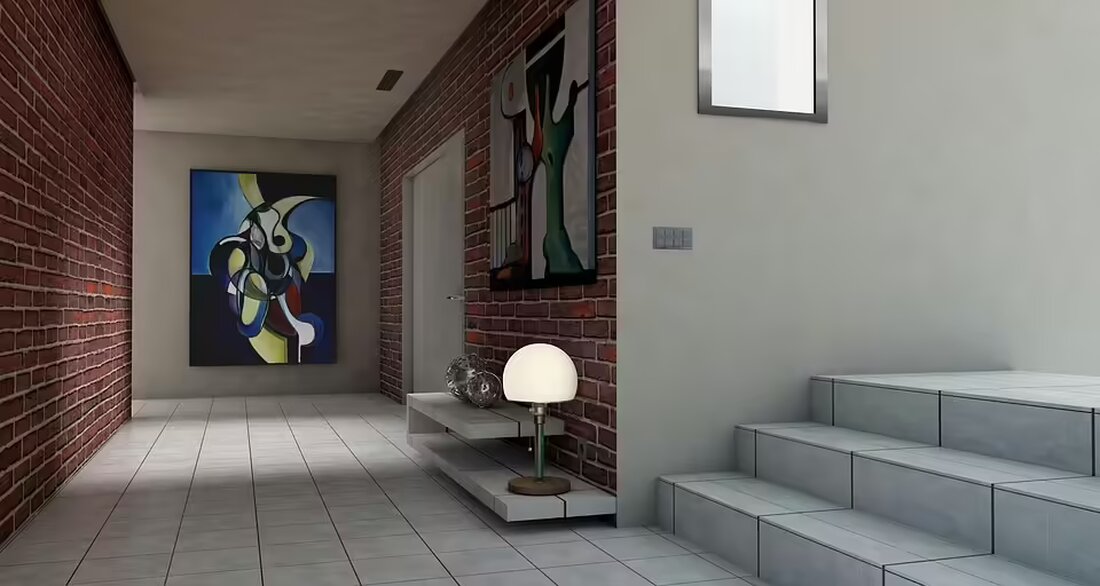Upper Austria strengthens affordable housing: New funding for densification
In the future, the state of Upper Austria will support densification projects with direct state loans. This is intended to create affordable living space and promote the effective use of existing areas.

Upper Austria strengthens affordable housing: New funding for densification
In Upper Austria, a new focus is being placed on densification projects in the area of social housing. This was announced by State Councilor Manfred Haimbuchner (FPÖ) as deputy to the state governor. The changes affect the Upper Austria. Densification regulation, which is now being submitted for assessment. In the future, direct state loans will be available to support densification projects, which represents a significant step in the creation of living space.
“Affordable living space is what people need,” explained Haimbuchner in Linz. He emphasized that creating this living space is a major challenge, especially in urban areas where there is great potential for using existing land. Densification means using already sealed areas more efficiently. Although this type of construction can be more expensive, the new regulation, which is being reviewed, is seen as a significant step forward.
New funding guidelines for densification projects
In the future, the funding will be adapted to the existing new construction funding guidelines. The state of Upper Austria will provide direct loans instead of grants. These new subsidies relate to various types of construction projects, such as the retrofitting of apartments or adding storeys to existing buildings. There is an upper limit for construction costs, especially for demolition and new construction projects, but a maximum rent of 5.80 euros per square meter must be adhered to.
An example illustrates the advantages of this new regulation: A property developer in the Linz-Land district is planning to create 25 rental apartments in an old inn through subsequent renovations and additions. Construction costs of over four million euros are estimated for this. The new funding could reduce the rent for a 70 square meter apartment by over 290 euros per month, which means annual savings of almost 3,500 euros for tenants.
Comprehensive reforms in the housing sector
With the expiry of the five-point plan for housing subsidies introduced in 2023, a new regulation will be needed. In the future, property developers will have the flexibility to decide how much equity they would like to contribute – between 11 and 20 percent. The remuneration for this equity is staggered depending on the amount.
In addition, funding for underground car parks will be expanded from 2025. The support is offered for three-story and four-story buildings and is intended to help use the areas for green spaces while creating space for vehicles. The term of the promotional loans remains 45 years, and the interest rates remain in the low range of 0.5 to 1 percent.
The housing budget for 2025 is set at 344.8 million euros, with a significant portion being reserved for direct loans for new buildings. This would not only benefit new building funding, but also bring densification projects into focus.
Reactions to the new plans were mixed. ÖVP representatives welcomed the measures as a step in the right direction for affordable housing. In contrast, the SPÖ called for a comprehensive reform of housing allowances to ensure that already burdened households in Upper Austria do not come under additional pressure. Green politicians also expressed the desire to focus more on renovation measures in order to promote climate protection in residential construction.
The upcoming changes promise a realignment in residential construction in Upper Austria, with the aim of proactively addressing the challenges in the area of affordable housing while at the same time dealing efficiently with the existing space. Further information about the new regulations can be found here.

 Suche
Suche
 Mein Konto
Mein Konto
